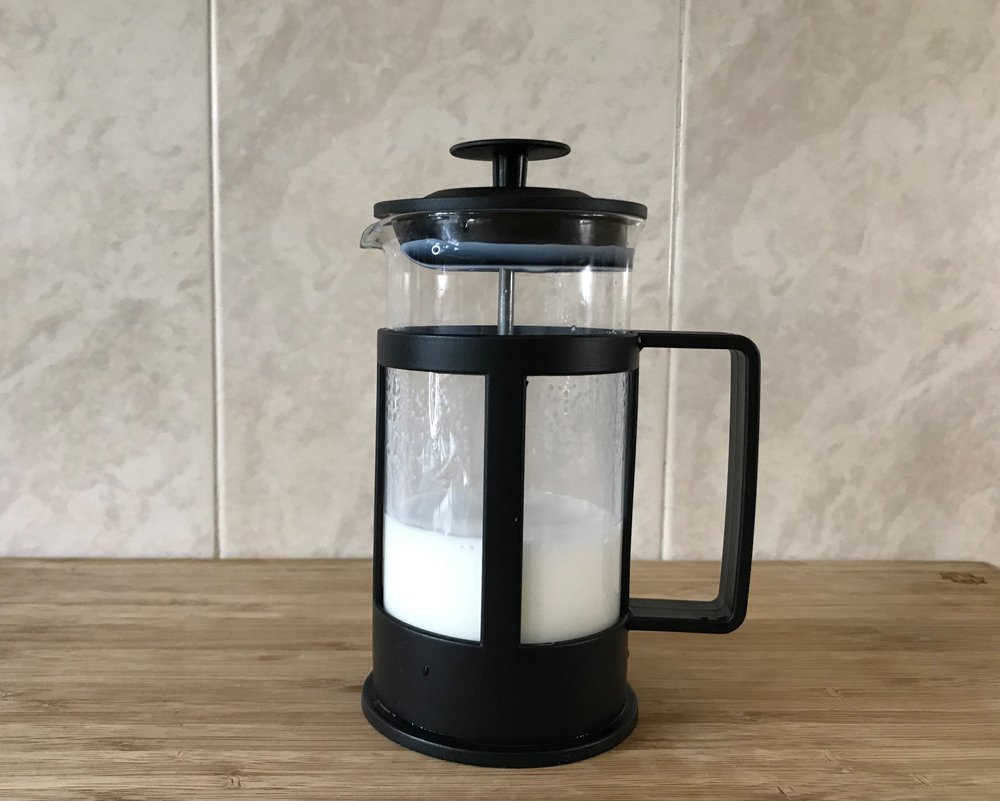Frothing Milk with a French Press Test
I had never really been good at making coffee until 2020. It became my pandemic hobby.
Before this, my lack of skill and knowledge is the reason I bought a Nespresso machine. The machine took me out of the equation.
I decided to try to get better at brewing coffee with my French press. This decision led me to YouTube and other resources where I learned about timing, ratios, and blooming.
As I ventured down that rabbit-hole I also came across this milk frothing idea. I gave it a try and realised it does add something special to the home coffee experience, but the YouTube tutorials all vary. So, I decided to do some testing to figure out the basics of it so that I don’t mess it up when trying to impress others.
First up, a reminder and disclaimer, I am not a coffee-making expert. I am learning while trying to share what I have learned. So, don’t expect expert-level content or latte art here.
Here are the test parameters and the procedure I followed:
I tested Medium Cream Milk (hot and cold), Almond Milk (hot), and long life Lactose-Free Whole Milk (hot).
I used a single-serve French press with 100g of milk in each test.
I warmed the milk in my microwave, testing with a thermometer to ensure it did not exceed 70°C/ 158°F.
I did 5 large plunges to start then 45 seconds of rapid plunges. However, for the almond milk, I went a total of 90 seconds on the rapid plunging because it just didn’t quite work.
I removed the plunger and then tapped the beaker on the counter to break large bubbles and swirled the beaker until the surface looked smooth and glossy.
Here is how it all worked out, and check out the additional tips at the end…
Medium Cream Fresh Milk (Cold)
This was the first test, using cold milk, straight out of the fridge.
The results: It did froth up a bit, not spectacularly. After tapping and swirling those larger bubbles disappeared.
Medium Cream Fresh Milk (Warm)
The results: Much more volume than when tested cold. I achieved a nice amount of pouring milk with a fine foam but quite a volume of foam at the end of the pour.
Almond Milk (Warm)
The results: This did not quite work. It separated very quickly and the foam was very bubbly. This result has to do with the nature of this dairy-free milk. It is mostly water and does not contain the protein and fats from regular dairy to froth and sustain the texture.
Long Life Lactose Free Whole Milk (Warm)
The results: Definitely the best result during the testing, but I think it is because this was the only whole milk (full fat) option I tested.
Some tips I noted during the testing:
Warm milk is better than cold for frothing.
Don’t overheat the milk. It shouldn’t boil in the microwave or on the stove, it shouldn’t get close to that stage at all.
The volume of milk is important. The plunger filter must be submerged in the milk at the bottom of the plunge.
Hold down the lid of the French press as you rapidly plunge. It can pop out a little.
Some milk may splash out, so be careful if it is too hot. Hold down with a kitchen towel if needed.
This was a fun experiment. I’ll definitely keep this in my repertoire. It’s not too much of an effort and it adds a little something to the drinking experience at home.
Let us know in the comments if you have tried this and if you’ll stick with it or nah.











